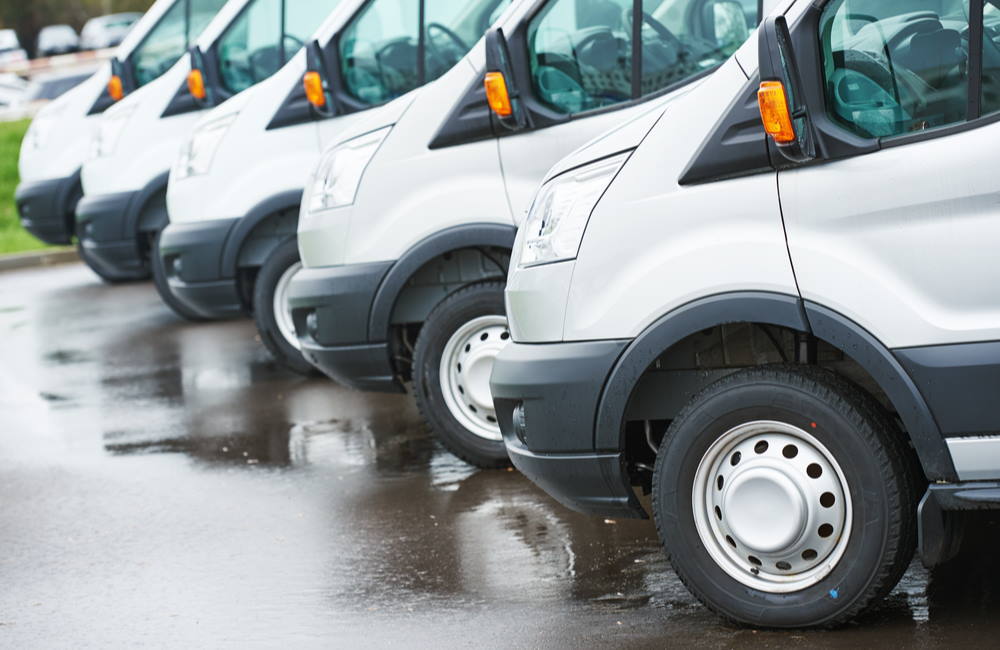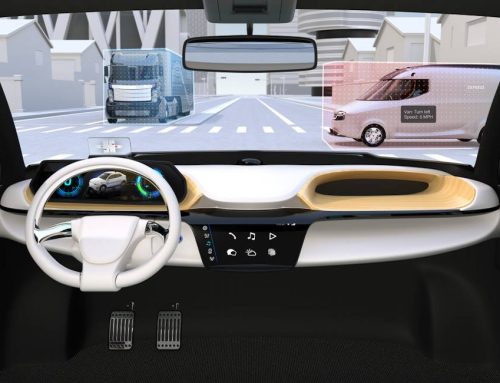Delivery fleet managers focus on improving driver performance in order to make roads safer and reduce the risk of costly crashes and collisions. In addition to training, they also benefit from supporting their drivers with delivery fleet crash avoidance systems that help prevent collisions from happening in the first place.
These systems focus on alerting drivers of dangerous situations or having automated software take action to avoid a crash. Delivery fleet crash avoidance systems include forward collision warnings, automatic braking, lane departure warnings, pedestrian detection and warning, speed limit indicators and tailgating warnings.
These collision warning systems and distracted driver solutions keep delivery drivers safer and help fleets operate more efficiently. They offer delivery fleet managers the most advanced technology available in convenient, effective systems that automate important safety features.
Why Delivery Fleets Need Crash Avoidance Systems
While technology has come a long way over the past decades, driver errors remain the main reason crashes occur. The sad truth about car crashes is that most of them are avoidable.
The U.S. General Services Administration reports that 98 percent of all accidents happen because of human error. The biggest causes include speeding, distracted driving, incorrect assumptions about other drivers, tailgating and not checking traffic before changing lanes.
Fleet managers can help drivers by putting them into training that addresses these behaviors. Advanced delivery fleet crash avoidance systems provide an extra, extremely effective layer of protection.
How Fleet Crash Avoidance Systems Work
The most effective delivery fleet crash avoidance systems focus on five of the most common areas associated with costly crashes and collisions. These systems give drivers an extra few seconds of warning that make a critical difference in whether a driver avoids a crash.
Forward Collision Warning System
In about 40 percent of rear-end collisions, the driver did not apply the brakes. That means the driver did not see the crash coming. A forward collision warning system alerts drivers before a collision with the vehicle ahead, giving drivers the time to brake or avoid hitting the other vehicle.
Lane Departure Warning System
About 60 percent of fatalities occur when a vehicle makes an unintended lane departure. A lane departure warning system alerts drivers if they drift out of their lane with the blinker on. The system detects when a tire approaches or crosses a lane marking.
Pedestrian Detection and Warning
These systems provide significant protection against striking pedestrians – an event that accounts for about 22 percent of traffic fatalities a year. A pedestrian detection and warning system alerts drivers during daylight hours when a collision with a pedestrian or cyclist is imminent, giving drivers a chance to brake or avoid them.
Headway Monitoring and Warning
These systems warn drivers when they are too close to the vehicle directly in front of them. These systems monitor the distance between the vehicles and the speed of the driver’s vehicle, warning when the “cushion” between the two becomes too narrow. This helps prevent collisions before they happen and is an effective distracted driver prevention tool.
Speed Limit Indicator
Speeding is one of the leading causes of accidents. A speed limit indicator lets drivers know when they are exceeding the posted speed limit (systems from Mobileye can scan and read speed limit signs).
Taken together, these systems address some of the most common human errors that lead to crashes. Fleet managers can help drivers by putting these delivery fleet crash avoidance systems into place and further reducing the risk of costly collisions.










